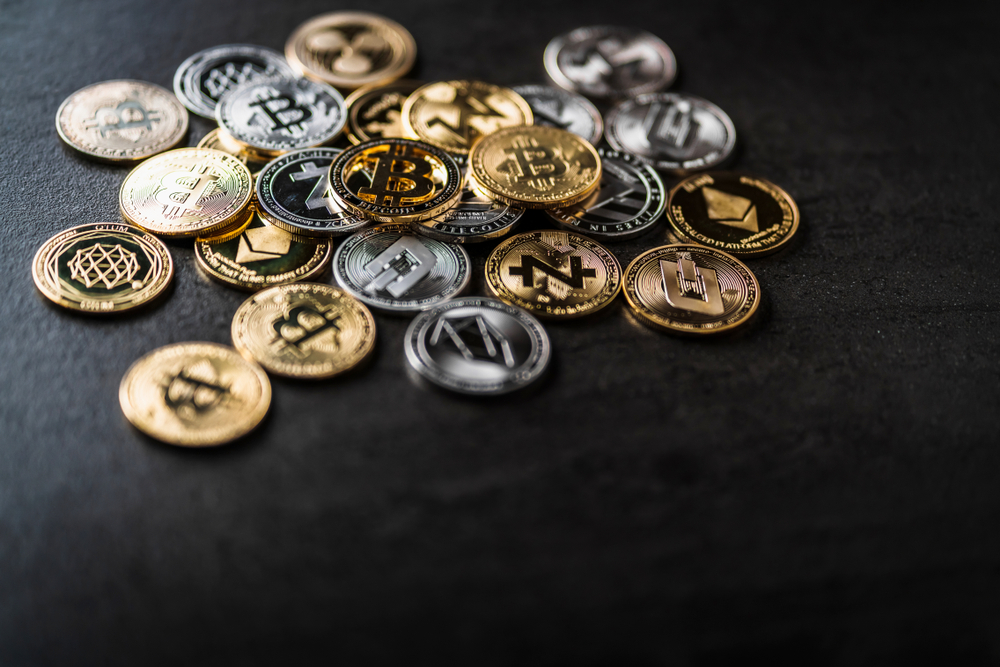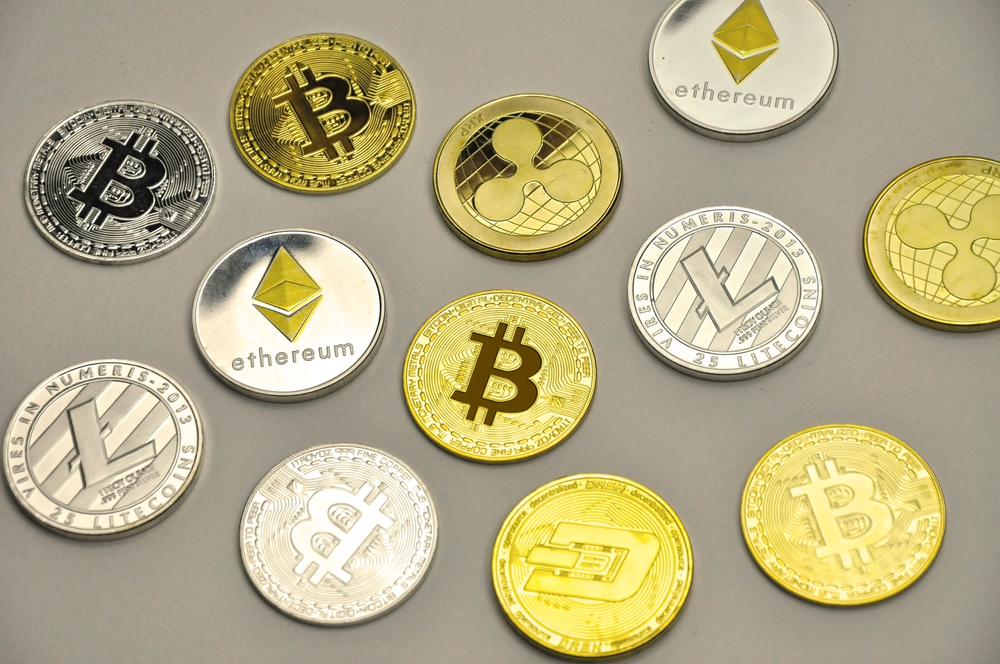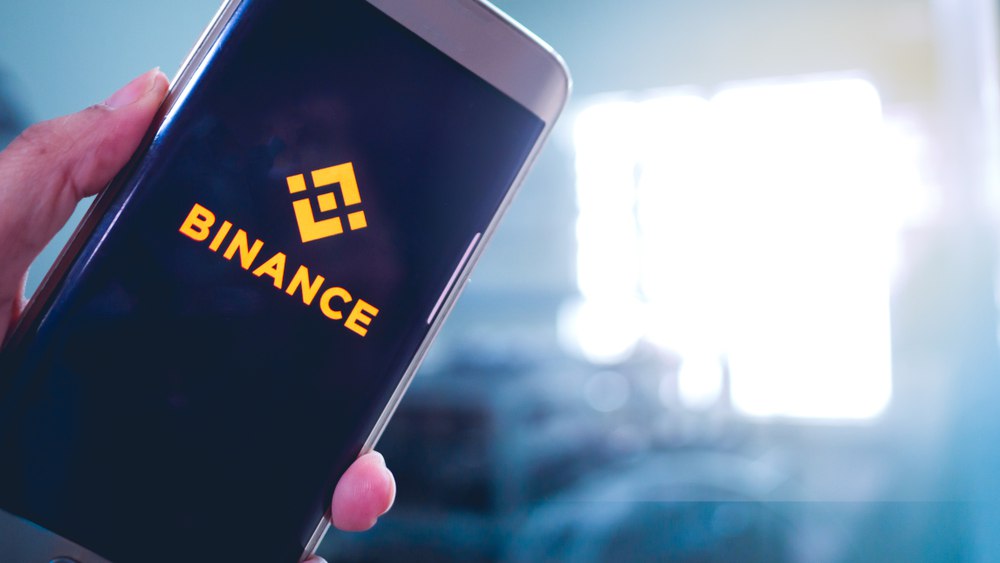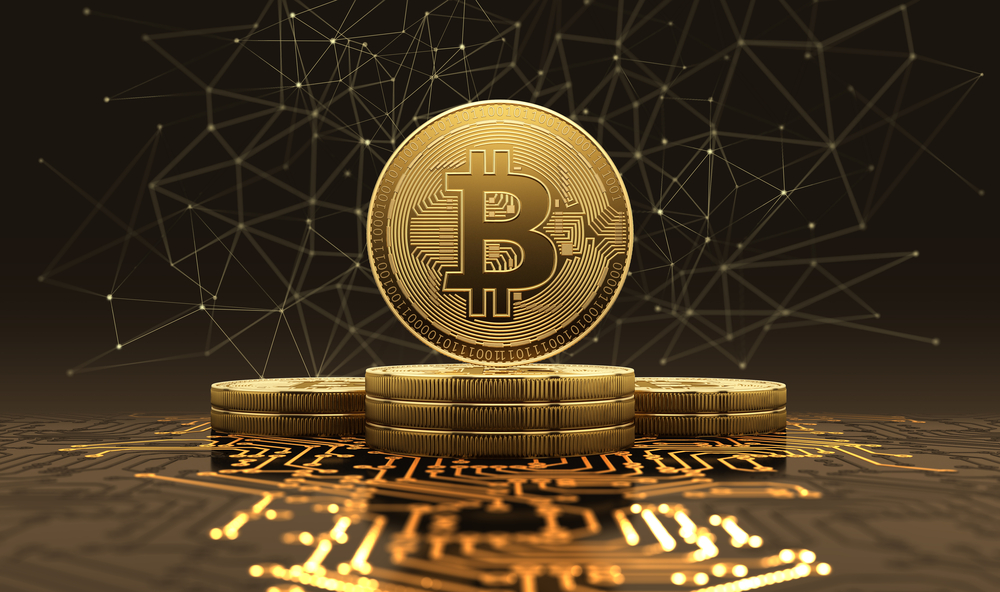Over time, blockchain technology has subtly entered the mainstream industry as a proven method for having a more swift transfer of data and ensuring transparency. There are different protocols in the blockchain technology resident in the market currently, and the pertinent question over time is, “How do you get the perfect one for developing your application?”
The important basic criteria for selecting the right blockchain technology include CPT (Cost per Transaction), the decentralized nature of the blockchain, and the number of transactions that the blockchain can handle per second.
How to measure the criteria?
More often, each blockchain company will indicate the number of these criteria on their official website or resources, but it can be proved openly by performing public loads and/or speed tests.
Credits is a blockchain technology-focused project launched about three years ago and stated in the project white paper is that they aim to make their blockchain project protocol to have an incredible result of about 1 million transactions in a second.
Since 2019, the Credits mainnet started operations and are currently going to perform a public load/speed test to reveal how fast the protocol is. They have earlier had an internal precursory test using external testers, and the results reveal that the speed of the protocol is about 35,000 transactions per second.
The Precursory Test and The Public Test
The results were premised on a maximally stable operation of the blockchain protocol and a complete synchronization on well-decentralized blockchain technology without fragmenting. With these precursory results, it is numbered among the fastest protocols in the blockchain industry.
But talking about the goal stated on the project’s white paper of reaching 1 million transactions per second, the developers are very sure that Credits code would achieve the goal on supercomputers and in an ideal set-up and conditions.
Igor Chugunov, the CEO of the protocol, said that they are sure the target of 1 million transactions per second speed is possible. The factors responsible for this will include the third-party program used, the hardware, and the code itself.
The Credits team, however, invited the general public to keep up with the announcement of the public test date and also be a part of the test.











